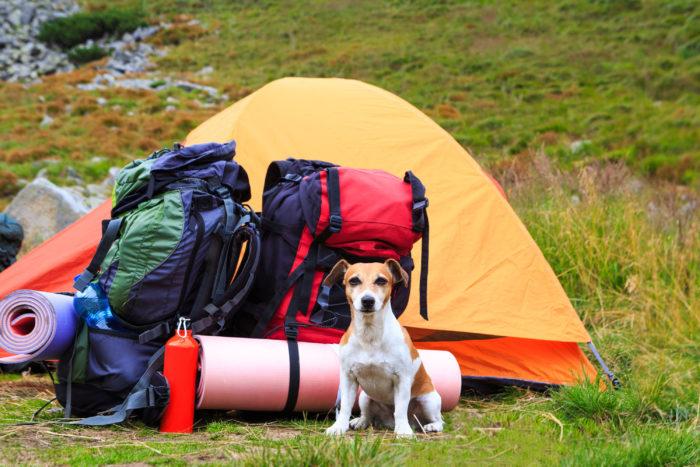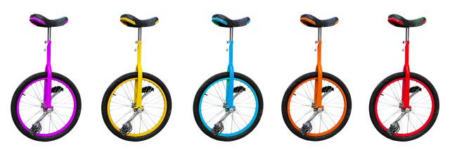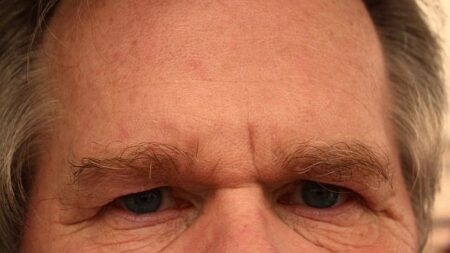In recent years, the outdoor and cycling communities have witnessed a growing trend known as “gear-shaming,” where enthusiasts criticize or mock others for their choice of equipment. The phrase “Gear-Shame Me Once, Shame On You…” captures the rising tensions around this social phenomenon, highlighting how judgment over gear-not skills or passion-has begun to fracture what were once inclusive communities. This article delves into the origins, impact, and responses to gear-shaming, shedding light on a debate that challenges the very spirit of adventure and participation.
The Rise of Gear-Shaming and Its Impact on Outdoor Enthusiasts
In recent years, a subtle yet pervasive trend has emerged within outdoor communities: the judgment and disparagement of fellow adventurers based on their choice of gear. This “gear-shaming” phenomenon targets individuals who either choose budget-friendly equipment or prefer minimalist setups, often questioning their competence or dedication to the sport. Ironically, this criticism overlooks the diverse motivations driving outdoor enthusiasts, from environmental concerns to budget constraints. Instead of fostering inclusivity and shared enthusiasm, gear-shaming erects barriers that stifle learning, experimentation, and personal growth.
Key consequences of gear-shaming include:
- Discouragement of newcomers, leading to a shrinking community base.
- An unhealthy culture valuing brand prestige over practical experience.
- Polarization between “elite” and “casual” outdoorspeople, reducing collaborative knowledge sharing.
| Type of Gear | Common Criticism | Reality Check |
|---|---|---|
| Budget Tents | “Unreliable and unsafe” | Many models pass rigorous safety tests and suit casual use. |
| Minimalist Footwear | “Not supportive enough” | Can enhance natural gait and reduce injuries when used properly. |
| Used or Hand-Me-Down Gear | “Outdated and worn-out” | Often maintained well and fully functional, promoting sustainability. |
How Consumer Pressure Shapes Equipment Choices and Industry Trends
In recent years, the loudest voices in the outdoor and tech communities have shifted from manufacturers to the consumers themselves. Shoppers armed with Instagram posts, review blogs, and eco-conscious missions increasingly dictate which gear makes the cut. This consumer-driven feedback loop forces brands to prioritize durability, sustainability, and style, transforming once straightforward purchase decisions into complex statements of identity. Consumers no longer just buy equipment-they curate experiences and broadcast values, often sidelining traditional performance metrics in favor of social relevance.
The impact is clear across the industry spectrum, from hiking boots to drones. Consider a quick breakdown of evolving consumer priorities shaping product development:
- Eco-friendliness: Recycled materials and reduced carbon footprints are becoming baseline expectations.
- Customization: Buyers demand gear that reflects personal style and unique use cases.
- Transparency: Brands must now share supply chain info and ethical standards openly.
- Durability over disposability: “Buy once, cry once” is replaced by “Invest once, last forever.”
| Industry Trend | Consumer Expectation | Brand Response |
|---|---|---|
| Outdoor Apparel | 100% recyclable fabrics | Launch of closed-loop production lines |
| Smart Gadgets | Longer battery life & firmware updates | Extended warranty and modular designs |
| Adventure Gear | Minimalist and lightweight | New materials with high strength-to-weight ratios |
Strategies for Overcoming Gear-Shame Within the Adventure Community
Facing criticism or judgment based on the gear we carry can quickly erode the spirit of adventure. To dismantle this unspoken barrier within the community, it’s essential to embrace the value of personal preference and practicality over brand prestige or price tags. Reminding oneself and others that adventure is about the experience-not the equipment-creates much-needed space for inclusivity. Appreciation for diversity in gear setup can be fostered by highlighting stories of seasoned explorers who have thrived using humble, budget-friendly essentials as much as those with cutting-edge technology.
Concrete steps empower adventurers to shake off gear-shame effectively:
- Celebrate functionality: prioritize what works best for your needs, not trends.
- Share honest gear reviews that focus on performance and value, not brands.
- Create community forums promoting open, judgment-free dialogue about equipment choices.
- Encourage mentorship that highlights adaptive skills over gadgetry.
| Common Gear-Shame Topic | Reframe Strategy |
|---|---|
| “You don’t have the latest model.” | “Many vintage gears outperform newer versions when maintained.” |
| “That setup looks too cheap.” | “Practicality is priceless-gear should serve your journey, not impress others.” |
| “Why not have high-end gear?” | “Adventure thrives on resourcefulness, not just investment.” |
Wrapping Up
In the ongoing dialogue surrounding consumer choices and personal accountability, the phenomenon of “gear-shaming” reveals deeper tensions about identity and value in modern culture. As this article has explored, the debate goes beyond mere equipment, touching on issues of judgment, community, and self-expression. Ultimately, while constructive criticism can foster growth and awareness, the line between healthy discussion and harmful shaming remains thin. Navigating this balance will be crucial as consumers and communities continue to negotiate the complex relationship between gear, status, and individuality.











